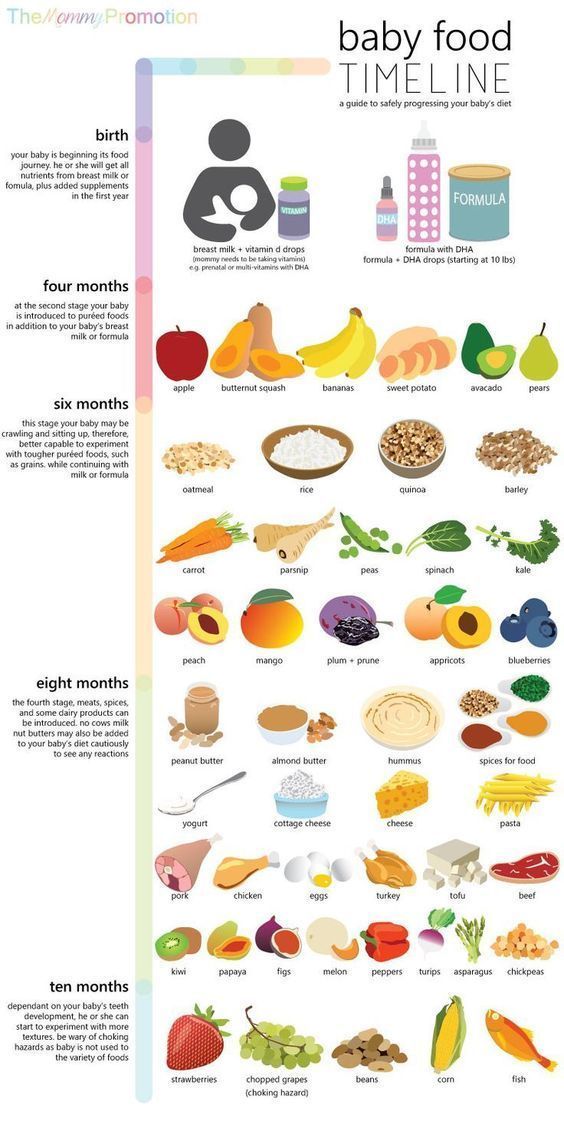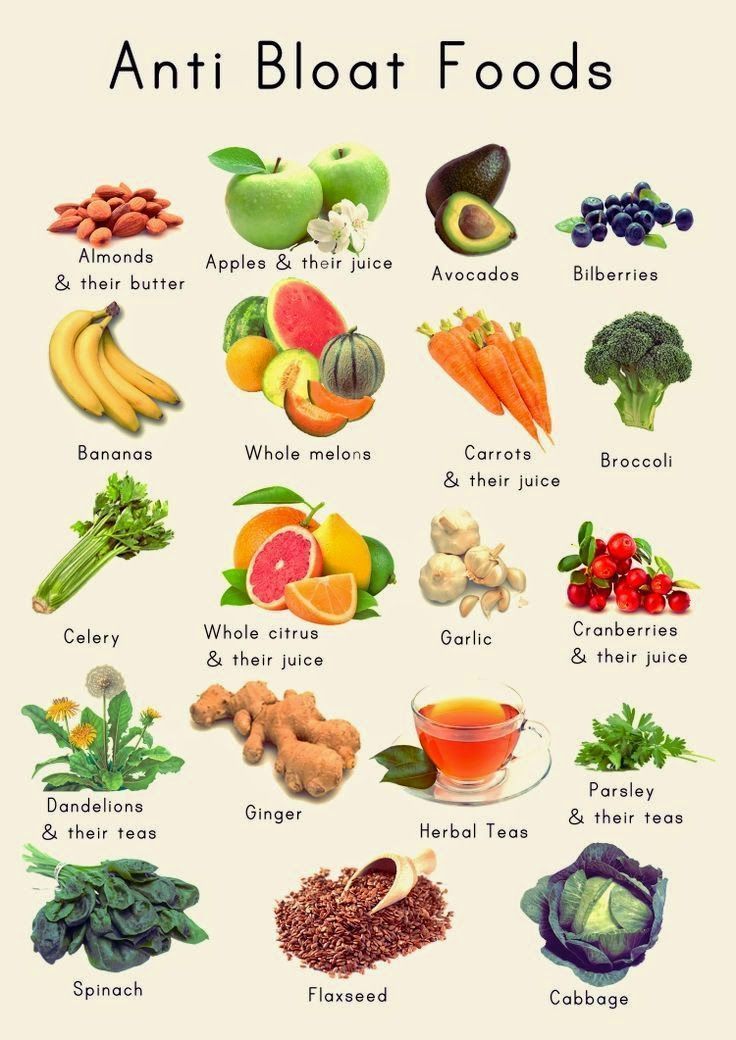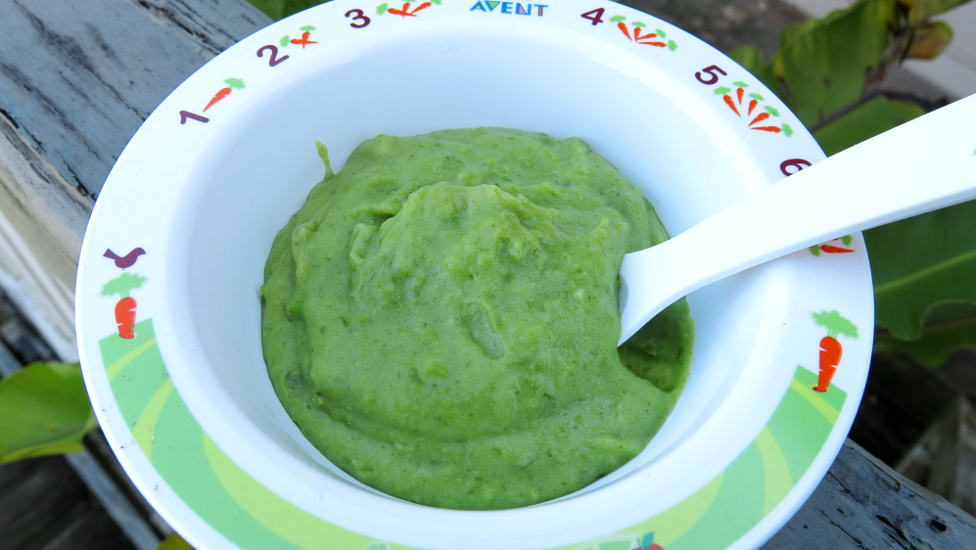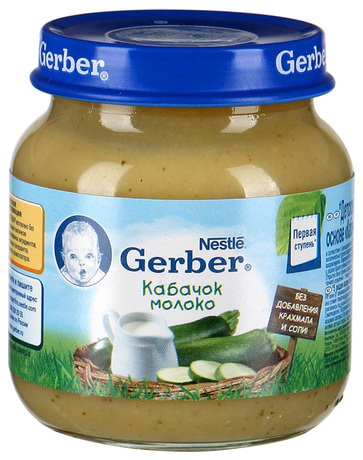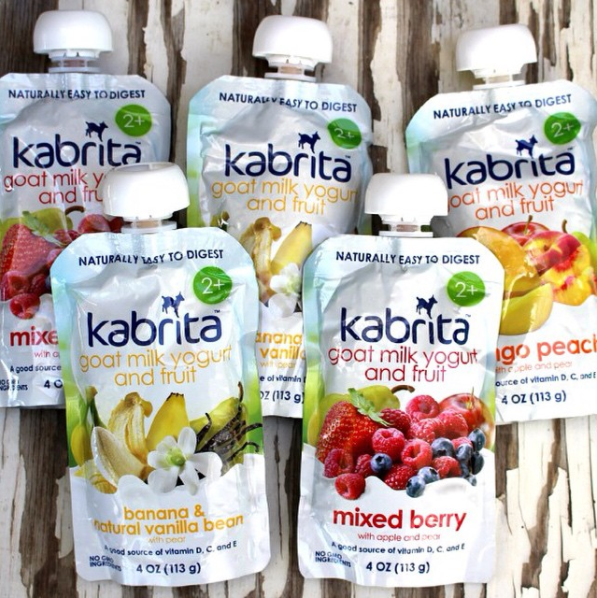What to feed a wild baby sparrow
What is a Baby Sparrow's Diet?
By Betty Lewisi David De Lossy/Photodisc/Getty Images
The house sparrow is the most common of North America's 35 sparrow species. Generally, he eats a lot of grains and seeds, but will enjoy the protein of insects during the summer. A baby sparrow's diet depends on what mom and dad feed it; where they live affects the menu options.
Wild Child
A baby sparrow eats whatever his parents give him to eat, which means he's eating the same things they are. The house sparrow is opportunistic in his dining, eating whatever's available. Commercial birdseed and discarded food will work, as do various grasses, ragweed and seeds he comes across. He'll indulge in insects in the summer, such as caterpillars and grasshoppers. Other sparrows, such as field sparrows, forage for seeds and insects on the ground. Mom and dad regurgitate their food finds to feed to their nestlings.
Orphaned Baby?
If you come across a baby sparrow in your yard, pause a moment before deciding he's in distress. A fledgling, which is a baby bird with his feathers, may be on the ground because he's learning to fly. If the baby doesn't have feathers, you can return him to his nest -- despite the myth, his parents won't abandon him because of human touch. If there's no nest, or you determine the baby sparrow needs your assistance, a proper diet is important to putting him on the path to independence.
Home Cooking
Baby birds grow quickly and require protein to grow properly. Mom and dad take care of their nestlings' protein requirements with insects, but you can use cat food to meet the baby sparrow's protein needs. Soak one cup of cat food in enough water to make it mushy and add 1/4 cup of applesauce, one chopped hard-boiled egg, a crushed calcium carbonate tablet and avian vitamins, dosed according to the package. Mix everything together with enough water to give the mixture the consistency of cooked oatmeal. Freezing the mixture in ice cube trays gives you a fresh inventory of food on hand, so you can thaw only what you need.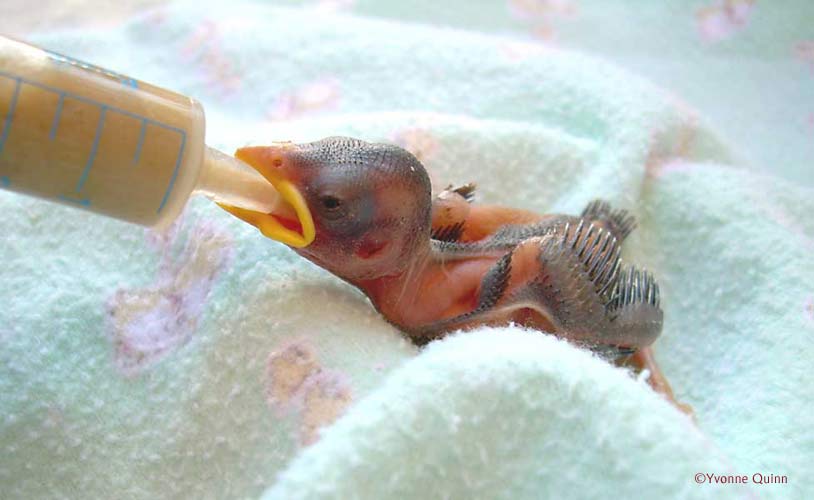 Chopsticks or plastic forceps make good feeding utensils.
Chopsticks or plastic forceps make good feeding utensils.
How Much How Often
A baby sparrow should gain weight daily to get ready to fly. If his eyes are closed and he's featherless, he'll need fed every 15 to 20 minutes, dawn to dusk. When he starts growing feathers and his eyes are open, feeding can occur every 30 to 45 minutes during the same time. As he grows, the time between feedings and the amount you feed can increase. When he's hopping out of the nest, he can be fed once an hour; by the time he's confident outside the nest, every two or three hours is sufficient. Try leaving food by his bowl when he's about a month old, though he won't be weaned for another few weeks. If he continually refuses to eat, call a vet or wildlife rehabilitation center.
To Do, and Not to Do
Avoid pasta and bread products, which are empty calories and won't help him grow, as well as dairy products because baby birds don't handle lactose well. If he's well hydrated, the inside of his mouth will look moist; if he's dehydrated, his skin may look reddish. Don't give him drops of water in his mouth because he can inhale them and drown. Instead, use Gatorade as a hydrating fluid, dipping your fingers in it and placing drops on his beak.
Don't give him drops of water in his mouth because he can inhale them and drown. Instead, use Gatorade as a hydrating fluid, dipping your fingers in it and placing drops on his beak.
References
- 2ndChance.info: Caring for Orphan Wild Baby Birds
- StarlingTalk.com: Baby Starling & Sparrow Care
- Cornell Lab of Ornithology: All About Birds: House Sparrow
- WildlifeHotline.com: Raising Baby Sparrows & Starlings
- U.S. Fish and Wildlife Service: Field Sparrow Habitat Model
Photo Credits
What to Feed a Baby Sparrow: Baby Sparrow Diet Info
When it comes to feeding, a house sparrow takes advantage of immediate opportunities. It will eat and feed on whatever is available. On the other hand, an orphaned baby sparrow without feathers needs care and a proper diet to survive.
Baby sparrows grow rapidly; hence they require proteins to develop appropriately. Finding a natural diet to feed a baby sparrow can be challenging, but they can eat various foods like mealworms, moistened dog or cat food, chopped hard-boiled eggs, oatmeal, or commercial feeding formulas for domesticated birds.
This guide will help you know the most suitable food you can give to a baby sparrow, how often to feed, and tips on encouraging it to eat. Read on.
Baby Sparrow Diet Info
Baby birds have demanding dietary needs. They need a protein-based meal because of the rapid cell growth and feed every 10- 20 minutes for about 12 hours a day. It’s not easy to keep up with such a frantic feeding schedule!
Feeding a nestling can be discouraging, especially if you don’t know the bird’s diet. There are different beliefs on the exact type of food you should feed a baby sparrow. In the wild, baby nestlings are fed almost a total insect diet (solid food) by their parents. A baby sparrow has a high protein need to thrive and grow.
Your first meal option can include making a homemade emergency food formula for the baby bird. Fortunately, some foods are generally accepted as alternative meals for a nestling. For instance, dog or cat kibble, wet or dry cat or dog meal, and puppy chow make an ideal choice.
For instance, dog or cat kibble, wet or dry cat or dog meal, and puppy chow make an ideal choice.
Additionally, you can include insects and mealworms as emergency baby bird food as they are an excellent source of protein. Pre-made emergency baby bird food is also available in most local pet stores.
Dog/Cat Kibble Recipe for a Baby Sparrow
Ingredients:
- 1 cup cat/dog kibble
- 2 cups warm water
- Avian vitamins (follow the recommended dosage)
Dog or cat kibble is too large to be fed to a baby sparrow; therefore, there is a need for extra preparation.
- Break the kibble in a blender or food processor into tiny bits. To achieve a smooth, spongy consistency, use one part food to two parts water. It could take you about half an hour to make the right consistency.
- Mix the recommended dosage of avian vitamins with the ground dog/cat kibble. Ensure that the food is suitably moist to avoid choking the bird.
 The meal will hydrate the bird and increase its chances of survival.
The meal will hydrate the bird and increase its chances of survival.
You can make a good starter diet for a baby bird with 60 percent dog or cat food, 20 percent hard-boiled eggs, and 20 percent mealworm. A good brand for a cat or dog food should contain 32 percent protein and a nine percent fat ratio.
Below is a cat/dog food recipe for feeding a baby sparrow. Ensure that you use dry, cat, or dog food. Also include the recommended amounts of avian vitamins in the starter diet.
Dry Dog/Cat Recipe for Baby Sparrow
Ingredients:
- 1 cup soaked cat/dog food
- One hardboiled egg
- Water
- ¼ cup of applesauce
- Avian vitamins (follow the recommended dosage)
- Ground to powder and dissolve 750mg calcium in a little water (use Tums Smooth Dissolve tablet)
Mix all the elements and add enough water to ensure oatmeal consistency or a sponge-like texture. Do not saturate the starter formula with a lot of water as the baby bird can drown. The recipe is easy to swallow and works well for baby house sparrows.
Do not saturate the starter formula with a lot of water as the baby bird can drown. The recipe is easy to swallow and works well for baby house sparrows.
If you don’t have any bird formula handy, you can also mix rice cereal and dilute it with warm water into oatmeal consistency.
Mealworm and Cricket Recipe for Baby Sparrow
Mealworms and crickets make an excellent source of protein for the baby sparrow. You can find mealworms and live crickets in your local pet or bait store.
Ingredients:
- Mealworm from your local pet store
- Live crickets
- A plastic bag
Follow this procedure:
- Before feeding mealworms to the baby sparrow, crush their heads and chop them up.
- Alternatively, seal crickets in a plastic bag and freeze them for ten minutes.
- Take them out from the freezer and give them time to warm up to room temperature.
- By this time, the crickets are dead, and you can now feed them to the baby sparrow.
 Crickets make an excellent source of water for the nestling. Insects such as flies can lead to acute constipation to the baby bird.
Crickets make an excellent source of water for the nestling. Insects such as flies can lead to acute constipation to the baby bird.
You can also mix a little amount of mashed banana or human baby food to the dog or cat food which makes an ideal homemade emergency food for a baby sparrow. Make tiny sized balls of the food and put it into the nestling’s mouth using a tweezer, chopsticks, or a toothpick. Feed the little one like this for the first couple of days.
Commercial Hand Feeding Formulas
Commercial hand feeding formulas are available in local pet stores. They have clear and easy to follow instructions for mixing and feeding. Put the recommended amount in a small bowl and with water to make an oatmeal-like consistency.
Feed the bird all he wants and discard any leftovers after 12 hours as it could spoil. Continue with the feeding instructions on the formula until he is ready to wean.
Other Sources of Food for a Baby Sparrow
Lean ground meat mixed with a soy-based protein powder or cereal can make an excellent meal for a baby sparrow.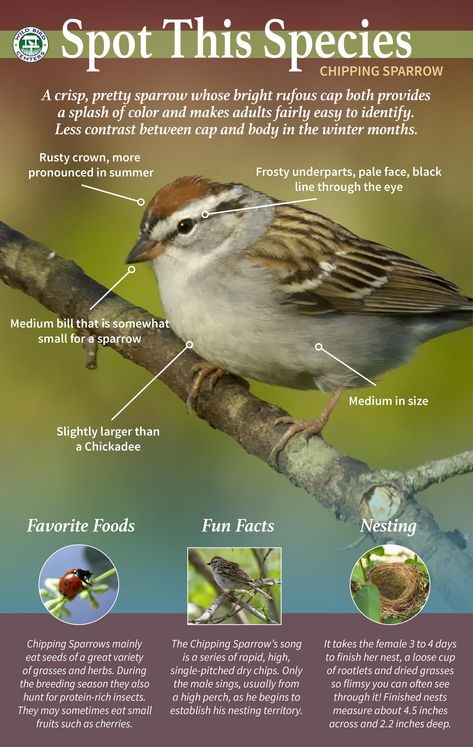 It’s a good source of protein and nourishment for a growing bird.
It’s a good source of protein and nourishment for a growing bird.
For every three pieces of ground meat, you can add a bit of soy-based protein powder or cereal. Additionally, including an avian multivitamin/mineral supplement will ensure the baby bird receives the appropriate nutritional requirements needed to grow.
Here are some additional things you can give the baby sparrow to make the diet as natural as possible:
- Small-sized grasshoppers – you can find them in reptile supply shops or a local pet store.
- Clean white larvae – are sold in fishing shops and should be fed when the gut is empty.
- Caterpillars
- Dried insects which you can check with your local pet store for supplies
- Supplement the bird’s diet with vitamins and mineral supplements – an avian supplement is an excellent addition that ensure balanced nutrition for your hatchling.
Common Mistakes to Avoid When Feeding a Baby Sparrow
If you have found a nestling, you can take care of it and give it a chance to survive. Here are some frequent mistakes to avoid when feeding a baby sparrow to increase its chances of survival.
Here are some frequent mistakes to avoid when feeding a baby sparrow to increase its chances of survival.
Giving the Baby Bird Water
Never give water to your baby bird. If you force it to drink water, there is a good chance that water will fill its lungs, and the baby bird will drown, or get pneumonia. In their natural habitat, baby sparrows feed on insect diets and do not drink water. Besides, baby birds get water through the appropriate food source for their species.
You can only give water to the baby sparrow once it’s old enough. To provide it with water, you will place a narrow container and place marbles or a piece of stone inside, then fill the vessel with water. The bird will drink on its own.
Giving the Baby Bird Milk
Milk should not be part of a baby sparrow’s diet – never give a baby sparrow milk. All birds are naturally lactose intolerant, and by giving them milk, you can cause intestinal problems and dehydration.
Additionally, avoid mixing their food with milk and instead use water.
Giving the Wrong Food
Some human food like bread should not be part of a baby sparrow food that you prepare. Also, never feed a nestling raw hamburger, honey, and sugar water. They don’t have any nutritional value and can cause internal blockage to the baby bird.
Similarly, don’t give foods with flavorings, preservatives, or salt. Avoid giving the baby bird cold food, old or spoilt meals. Pet bird food is not an excellent option as it may not meet the nutritional requirements of a wild baby bird.
Force-Feeding a Baby Sparrow
Never force-feed a baby sparrow, as it can cause an injury, choking, or even death. The baby bird’s throat’s left side is the trachea – food should never go down the trachea.
However, you should not overly worry about food going down the throat the wrong way; the trachea will shut automatically to avoid ingesting food the wrong way. Just proceed with caution and patience.
Just proceed with caution and patience.
Blending Batches of Food More Than a Day Ahead of Time
A baby bird feeds in short intervals of time throughout the day. Caring for the nestling requires a lot of time and energy, and you’ll be mixing a lot of food batches round the clock.
However, it’s not advisable to mix batches of food and keep for more than a day ahead of time. The food might spoil and cause severe food poisoning to the young bird. Additionally, it might kill the baby sparrow.
Also, baby birds eat food already digested and regurgitated by the parent; thus, you should keep the feed wet but not liquid.
Mix up the amount of food that the baby bird will need for one feed, which can be a few spoons for a nestling. As the sparrow grows, you can increase the amount of food and reduce the frequency of feeding.
How to Feed a Baby Sparrow
The baby sparrow may need time to adjust to its new environment. Allow the baby bird an hour or so to just settle into its new environment. Also, this is a good time to make sure the baby is warm enough so that it can digest food.
Allow the baby bird an hour or so to just settle into its new environment. Also, this is a good time to make sure the baby is warm enough so that it can digest food.
- Place the baby bird in their nest and allow him to warm up – this could take a few minutes to an hour or so.
- Feed the baby sparrow every 20 minutes. They eat very little at a time. As we had earlier discussed, the food you mix for the nestling should not be too dry nor liquidy. However, in the first week of life, you can dilute the mixture with 60 percent water.
- Feed the bird when the crop is empty. A baby bird should naturally open its mouth when gently tapped on the beak to eat. There are also times when the nestling bobs their head in an up and downward motion as it opens its mouth like when the parent bird would feed it.
- If the bird is reluctant to take food from you, gently tap the top of its beak as a sign to open up.
 The baby bird will begin to recognize you as a source of food within a few feedings. As it grows, feeding becomes less frequent.
The baby bird will begin to recognize you as a source of food within a few feedings. As it grows, feeding becomes less frequent.
You can also encourage the baby bird to gape by nudging on his chest. If that doesn’t work, pry the baby bird’s beak open with your thumb. Be careful as you touch on his chest or pry on the beak.
In the case the baby bird is not showing a strong response to feeding, you can stimulate the same kind of reaction and gently apply pressure at the corners of the mouth and wait for the head bobbing. Once it has opened its mouth, you can now feed it.
However, if the bird doesn’t respond to any attempts to feed it, don’t force it. Force-feeding can increase the chances of food aspiration into the trachea and lungs, leading to death.
- Use syringes when feeding. Syringes are preferred feeding tools in the early stages of caring for a baby sparrow because they record accurate feeding volumes.
 However, some people would choose to feed the bird using a spoon with the sides bent upward.
However, some people would choose to feed the bird using a spoon with the sides bent upward. - When the baby sparrow starts to chirp and gap, you will know that he is hungry and needs more food. Give him all he wants; you can’t overfeed him. When he has had enough, you may notice a lump forming on his crop, and he will stop taking any more food.
- All food given should be at room temperature – never heated, warmed, chilled, or refrigerated. It also helps to remember to feed bits of food in proportion to the bird’s size, as nestlings need very tiny bites.
- Handle the baby sparrow with care to minimize the risk of injuries during feeding. Nestlings need frequent food given every 10 -20 minutes; therefore, feed the bird often. It takes about four weeks for a baby bird to develop and feed himself.
- Change the feed amount as the bird grows older but continue with the mushed puppy or cat food. If the bird is a little mature, you can allow it to feed by itself.
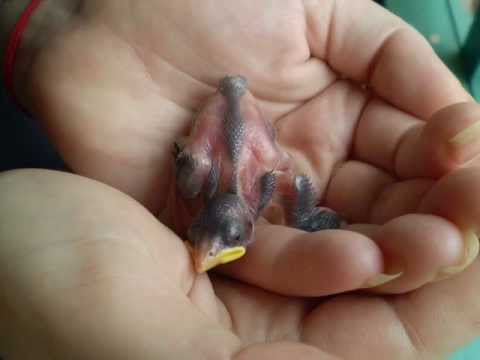 Ensure that you give it small pieces of food, and tweezer-feed it by hand.
Ensure that you give it small pieces of food, and tweezer-feed it by hand.
Feeding Tools
You need to be careful when feeding a baby sparrow. Several tools are safe and will allow you to feed the nestling adequately. The feeding tools include a pair of tweezers, a plastic forceps, syringes, or thin chopsticks.
To feed the nestling, take a small amount of food with either of the tools we have mentioned above and put it into the baby birds’ mouth. Keep feeding the bird as long as it’s opening the mouth. You signal the bird for more food by tapping the beak with the feeding tool.
Weaning a Baby Sparrow
When to wean a baby bird is often a tough decision for both the owner and the bird. The nestling starts to grow quills from around day 7. These grow through reasonably fast so that by day 11-14, the baby has fluffy feathers and starts to look like a sparrow.
At around four weeks, it’s safe to start leaving small bits of food around the nest. The bird will start to eat the food on its own and take less from your hand. By the age of 6-8 weeks, you can now transition the bird to an adult diet, which can constitute seeds and insects.
The bird will start to eat the food on its own and take less from your hand. By the age of 6-8 weeks, you can now transition the bird to an adult diet, which can constitute seeds and insects.
Additionally, like any other bird, your house sparrow will need grit to digest the hard items in its diet entirely. Therefore, it’s crucial to offer grains of limestone, cuttlebone, eggshells, ground-up oyster shells, and rough grain. White millet and red millet also make an excellent choice for weaning the baby sparrow.
Important Things to Note
Here are some critical things to keep in mind when feeding and handling a baby sparrow:
- Don’t feed nestlings and fledglings earthworms. There’s something toxic about worms that kills the baby sparrows.
- Baby birds have a small chance of survival. If the baby bird doesn’t survive, it’s not your fault as they are supposed to be raised by their mum in a natural environment.
Conclusion
Although adult house sparrows follow a diet rich in insects, seeds, and berries, baby birds require foods rich in proteins to aid with growth and development. A baby bird without feathers is weak and will need frequent feedings. If you have just rescued a baby sparrow, it’s critical to know what kind of food you need to give it to help it thrive.
A baby bird without feathers is weak and will need frequent feedings. If you have just rescued a baby sparrow, it’s critical to know what kind of food you need to give it to help it thrive.
There are different options that you can offer the baby sparrow from dog or cat kibble, homemade meals, insects, among other foods. Mushed puppy or cat food will make part of his first diet as you subsequently introduce him to a diet that he can find in his natural habitat.
How to do it: feed a sparrow chick at home - ikirov.ru
It so happened that you picked up a sparrow chick. What to do with him? How to take care of him? How to feed? Let's figure it out.
We weigh the pros and cons
So, you are standing on the street, and something small, but alive, is swarming and squeaking in front of your feet. Before you take responsibility for the life of this creature, think about whether you can and whether it is worth interfering with natural selection.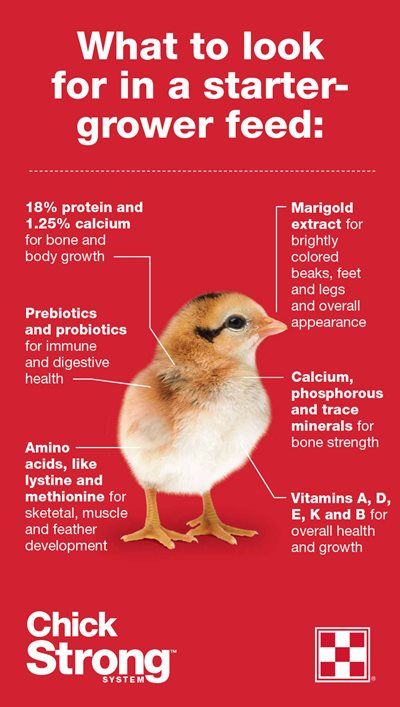
The age of the chicks that you can find on the street can be conditionally divided into three groups:
1. Newborns . These are newly hatched, not yet feathered chicks. Most likely, such a chick really fell out of the nest or was blown away by the wind. In nature, he cannot survive: even if the parents continue to feed the chick, he will freeze on the very first night, even if it is hot outside, and he will not be able to show any resistance to predators, midges can tritely bite him. It is almost impossible to feed a newborn chick at home, since it needs to be constantly heated and fed every 2-3 hours. So you can say goodbye to sleep. What to do with such a chick? Either try to find the nest and return it there, or leave it to the will of fate, since the chance of a favorable outcome is extremely small in any case. You can pick it up only if you already have experience in nursing chicks. And, yes, if successful, you will get a pet, because then in no case will the chick be released into the wild, since he will not be able to feed himself. nine0005
nine0005
Yellowmouths are already feathered, but absolutely unable to feed themselves. They will sit and open their beak at any object that is in their reach. Such a chick can survive in the wild if the parents do not stop feeding it and it finds a good hiding place. Such a chick could either fall out of the nest out of curiosity, or it was forced out by its brethren, or it “tried the wing”. But he is not yet able to fly. It is much easier to keep such a chick at home than a newborn, since it no longer needs constant heating (but it is not worth supercooling either). But you will have to feed just as often and regularly. And, yes, get used to the idea that you now have a house sparrow that won't survive in the wild. nine0005 3. Fledglings . These are chicks that are trying with might and main to fly (although it does not always work out). They themselves jump out of the nest and try to fly. As a rule, these chicks are sufficiently adapted to adult life, they know how to peck food themselves, and quickly run away from a possible enemy. First, make a “nest” for the chick from a soft, lint-free cloth. You need to wrap it so that the chick is in a semi-inclined position: the breast rests against the edge of the nest, the paws are at the very bottom. So the chick will be comfortable and comfortable. And don't forget to regularly check the cleanliness of the nest. In general, you will have to forget about rest until the chick learns to feed on its own. Most small songbirds (including sparrows) feed their nestlings with insects. Therefore, your chick also needs animal feed. Ant cocoons, flour worms, fly larvae, chicken eggs, cottage cheese are suitable. Do not howl about a variety of vitamin and mineral supplements. In addition, it is impossible to completely replace insects in food, for example, with cottage cheese. Since the sparrow will have to be fed very often, you need to either be near him or carry him with you. The second option is not very good, as it is additional stress for the chick. Small chicks can be kept in a box until they start trying to get out. For older chicks, it is better to find a small cage. In any case, soft, dry bedding, such as dried grass or moss, is necessary. Temporarily they can be replaced with cotton wool, but then try to make sure that the chick does not get tangled in it or swallow the fibers. The best way to feed a chick is with tweezers. Try to get the chick to open its mouth by itself (there will be no problems with small ones). This can be achieved if during feeding, bringing tweezers, slightly shake the nest or touch the feathers on the head or the corners of the mouth with tweezers. You can even lightly click on the beak. nine0005 If it was not possible to force the chick to open its beak, the first feeding will have to be carried out by force, opening the beak with your hands. The health, appearance and even life of the chick depends on the quality of the mixture and the completeness of the nutrients it contains. Below is a recipe for a complete mixture, nothing needs to be changed in it, this mixture is not so difficult to prepare. 1). Grate a medium-sized carrot on a fine grater, squeeze the juice as hard as possible. You only need the squeezed pulp. 2). We rub one boiled egg on a fine grater. 3). Grind boiled veal, beef or chicken with a knife, tear into thin fibers. nine0005 4). Grind some greens (lettuce, wood lice, dandelion leaves, but not spicy herbs). 5). We take 10 grams of low-fat and non-acidic cottage cheese, let the curd flow around, you can squeeze it out if possible. 6). Put 2 tablespoons of boiled crumbly millet porridge without salt and without oil. 7). Add a teaspoon of daphnia (dry fish food). 8). Add calcium glycerophosphate (proportions - 1 tablet per liter of the mixture). 9). Add half a teaspoon of finely grated eggshells. nine0005 10). Mix all ingredients thoroughly. If the mixture sticks to your hands, you can add some cereals and cereals ground in a coffee grinder. Leave the mixture to stand to equalize its moisture content, then mix again. The feed mixture should roll into small balls that do not stick to the hands. The serving size for feeding is smaller than a cherry pit. Since the mixture is quite a lot, it can be stored in the freezer in the refrigerator and defrosted, if necessary, a portion for the day. nine0005 Also don't forget to water the chick (from a pipette), preferably during feeding (1-2 drops of water for each ball of food). This is the main thing you need to know if you decide to feed a sparrow chick at home. We hope everything works out for you. If you suddenly become the owner of a sparrow chick left without parents, there are chances to feed him - if you do it right. Collection of tips AnyDayLife will tell, how to feed a sparrow at home. Most often fledglings become fosterlings . A fledgling is a sparrow chick at the age of 8-12 days. Just at this time, the chicks learn to fly. And they also become restless during this period and leave the nest at the slightest danger. At the same time, the fledglings themselves do not yet know how to feed, they are fed by their parents, who are usually somewhere nearby. Therefore, if you find a sparrow chick, do not rush to pick it up : most likely a fledgling. However, if you unknowingly brought the chick home, you will have to feed it, as it still does not know how to eat on its own. In the daytime, the chick needs to be fed almost every half an hour until saturation . Understanding that a chick is full is quite simple: a hungry sparrow chick opens its mouth, begging for food, and a full one stops doing so. All birds, and especially chicks, have a very fast metabolism . If during daylight hours a chick is left without food for 3-6 hours, its metabolism will be disturbed, and it will most likely die within a couple of days, even if after a break you start feeding it regularly again. So, what to feed a sparrow chick? In nature, sparrows feed their chicks with insects. Thoroughly mix all the ingredients, if the mixture is too sticky, you can add grains and cereals ground in a coffee grinder. Let the mixture brew a little, it should be moderately crumbly: roll into balls, but not stick to your fingers. From the prepared mix , form balls about half the size of a cherry pit. Since the mixture turns out to be a lot, it is better to store it in the freezer, and defrost it before feeding. The best way to feed a chick is with tweezers . At the first feedings, you need to lightly touch the sparrow's head or beak with tweezers so that it opens its beak. In the future, he himself will begin to open his mouth when the tweezers with food approach. Starting from the age of 15-17 days, you can teach the sparrow to feed on its own, scattering food on the floor of the cage. However, until he learns to eat his fill himself, you need to feed him with tweezers. It is also necessary to water the chick regularly , for this it is most convenient to use a pipette.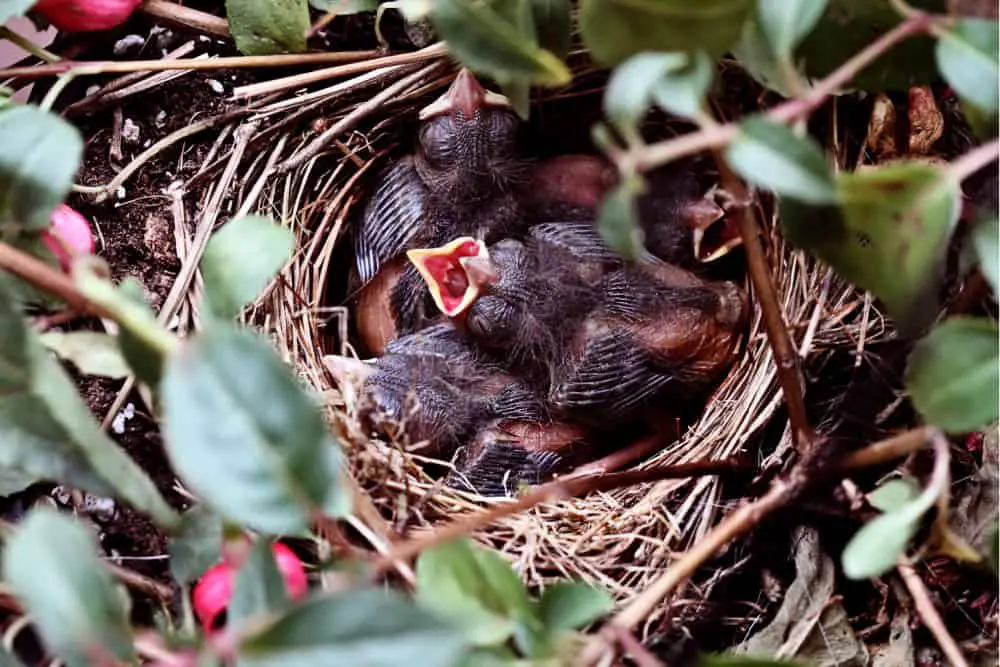 Parents continue to feed them even on the ground. Between feedings, the chick sits in a secluded place. It is better to leave such a chick alone, it is almost an adult bird, its chances of survival in nature are very high. The maximum is to plant it on some kind of elevation, where predators like cats and dogs will not get it. Unless, you notice that the chick is injured, then the sparrow can be picked up. Such a chick has quite a lot of chances to adapt in the wild again. Moreover, he may never get used to you, trying to escape at any opportunity. nine0005
Parents continue to feed them even on the ground. Between feedings, the chick sits in a secluded place. It is better to leave such a chick alone, it is almost an adult bird, its chances of survival in nature are very high. The maximum is to plant it on some kind of elevation, where predators like cats and dogs will not get it. Unless, you notice that the chick is injured, then the sparrow can be picked up. Such a chick has quite a lot of chances to adapt in the wild again. Moreover, he may never get used to you, trying to escape at any opportunity. nine0005 Nurturing the chick
 Every 15-20 minutes during daylight hours, you will need to feed the chick, and until it is satiated (stops opening its mouth, demanding another portion). Due to the high level of metabolism, chicks, having not received food at the right time, simply "burn" their resources. Leaving the chick without food for 3-6 hours, even if after that you start to feed it intensively, you doom the bird to death due to metabolic disorders. nine0005
Every 15-20 minutes during daylight hours, you will need to feed the chick, and until it is satiated (stops opening its mouth, demanding another portion). Due to the high level of metabolism, chicks, having not received food at the right time, simply "burn" their resources. Leaving the chick without food for 3-6 hours, even if after that you start to feed it intensively, you doom the bird to death due to metabolic disorders. nine0005 We feed correctly
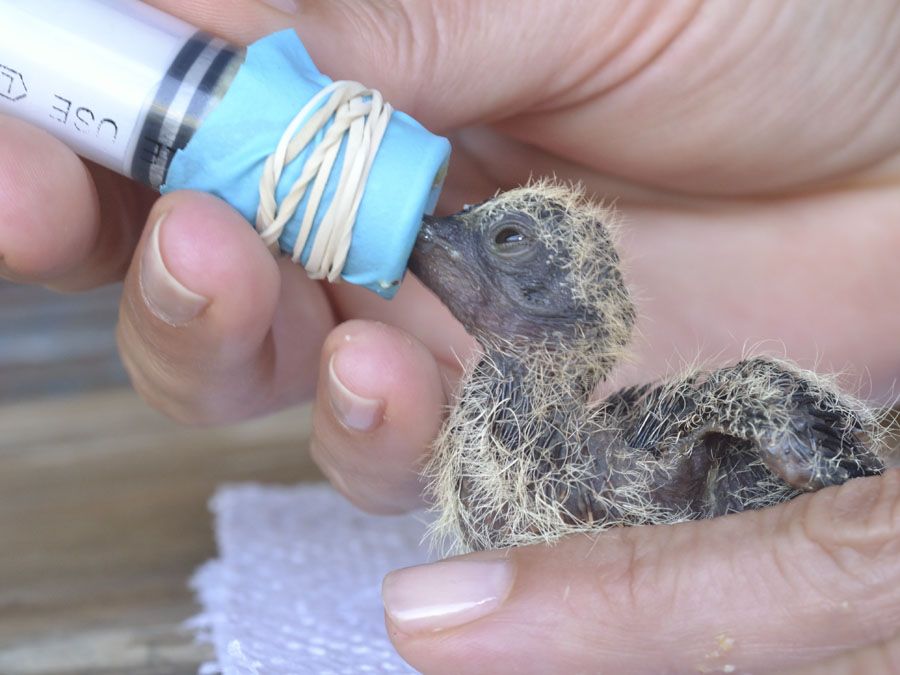 The first two days (if you picked up a newborn chick) you will also have to provide heating for the pet. You can make a heating pad from a flat bottle filled with warm water. nine0005
The first two days (if you picked up a newborn chick) you will also have to provide heating for the pet. You can make a heating pad from a flat bottle filled with warm water. nine0005  Once having taken food from the tweezers on its own, the chick will continue to willingly beg for supplements until it learns to feed on its own: as soon as the chick begins to pick up food from the floor of the cage, the food can be moved to the feeder. By the way, by this time the chick needs to pick up a large cage so that the sparrow can run, jump and fly.
Once having taken food from the tweezers on its own, the chick will continue to willingly beg for supplements until it learns to feed on its own: as soon as the chick begins to pick up food from the floor of the cage, the food can be moved to the feeder. By the way, by this time the chick needs to pick up a large cage so that the sparrow can run, jump and fly. Preparing chick formula
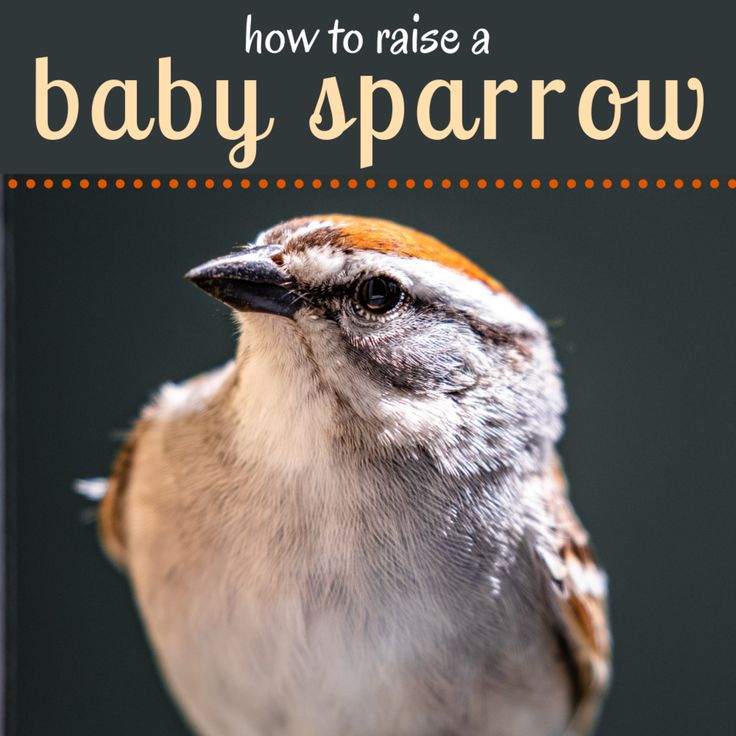
 The pipette can simply be substituted to the tip of the beak without opening it.
The pipette can simply be substituted to the tip of the beak without opening it.
What to feed a sparrow. Council
 He has a much better chance of staying alive if you leave him in place - the parents of the chick will find, return to the nest and feed. The maximum that can be done in this situation is to transplant the fledgling onto a tree branch so that animals do not reach it.
He has a much better chance of staying alive if you leave him in place - the parents of the chick will find, return to the nest and feed. The maximum that can be done in this situation is to transplant the fledgling onto a tree branch so that animals do not reach it. 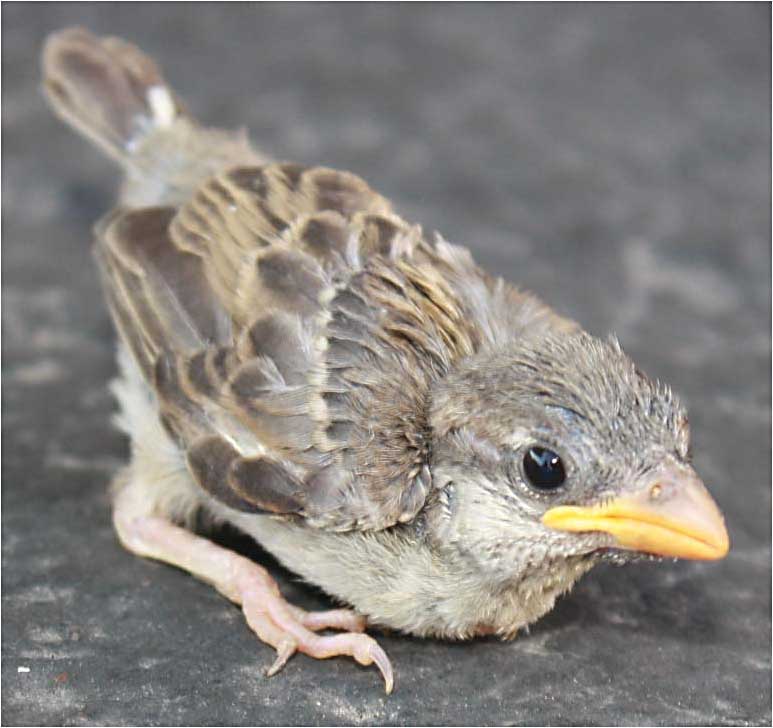 Naturally, it is quite problematic to do this at home, so 9 is used for feeding.0096 special blend rich in protein, vitamins and calcium. To prepare such a mixture, you will need the following set of ingredients .
Naturally, it is quite problematic to do this at home, so 9 is used for feeding.0096 special blend rich in protein, vitamins and calcium. To prepare such a mixture, you will need the following set of ingredients .
 nine0119
nine0119 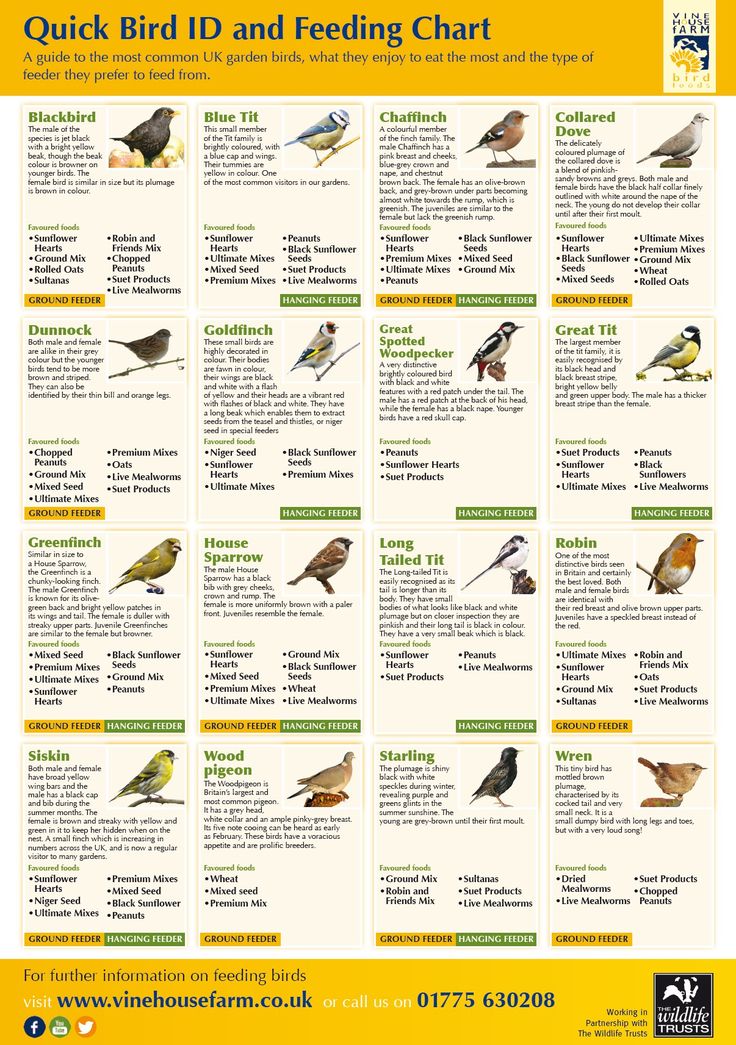
.



